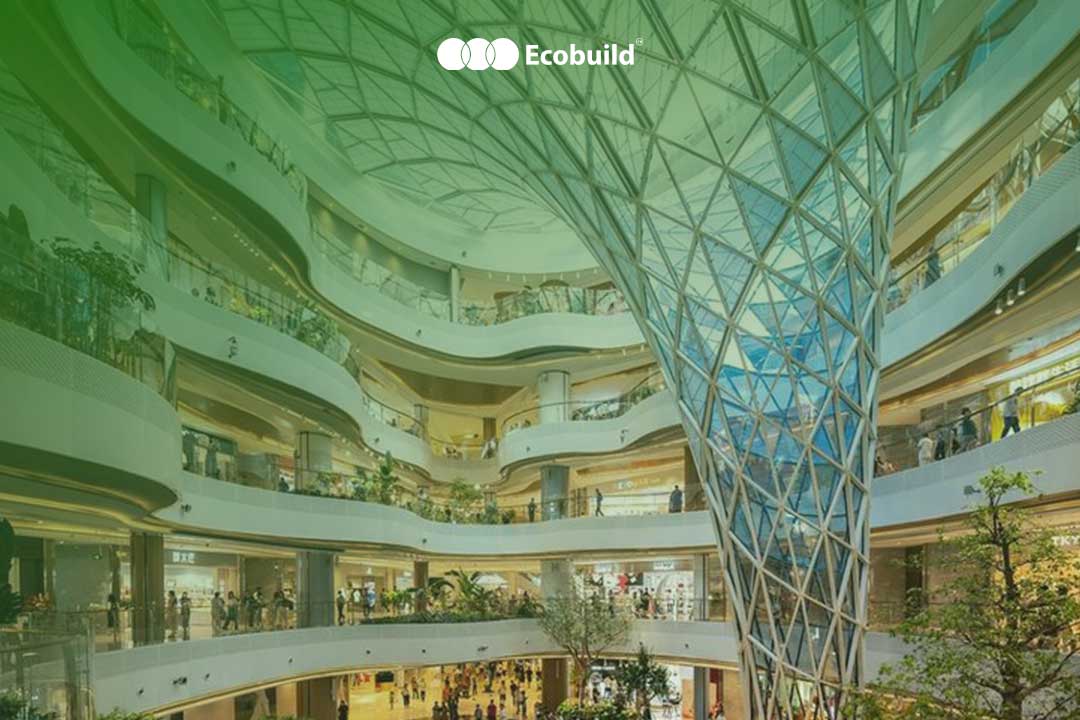“Natural light plays a crucial role in enhancing human well-being, it has a notable influence on the psychological state of individuals and helps to regulate the human circadian rhythm or biological clock throughout the day.”
Optimizing the use of abundant natural light could result in significant electricity savings amounting to millions of amps. Nevertheless, the primary consideration for incorporating natural lighting in buildings extends beyond purely economic aspects.
Natural light plays a crucial role in enhancing human well-being, it has a notable influence on the psychological state of individuals and helps to regulate the human circadian rhythm or biological clock throughout the day.
Offices as work areas require a comfortable level of natural lighting so that users in them can move smoothly and have good work productivity (Thojib, 2013). Here are the benefits of daylighting for green buildings:
1. Perception of a Wider Space
Architects frequently employ natural lighting systems in buildings that have limited space, as this design approach not only serves the functional purpose of illuminating the interior but also creates an illusion of a more expansive area.
By strategically incorporating windows, skylights, or light tubes, natural light is harnessed to permeate the space, enhancing the visual perception of openness and airiness.
This technique not only helps overcome spatial constraints but also contributes to a more comfortable and inviting environment for occupants.
2. Enhanced Mental Health
Mental health expert from Gadjah Mada University, Dr. dr. Ronny Tri Wirasto, Sp.Kj stated that sun exposure does have a strong impact on mental health, especially mood.
Natural lighting has a positive impact on mood and energy levels, as supported by a 2014 study published in The Journal of Biological and Medical Rhythm Research aimed to evaluate the effects of exposure to natural light.
The study claimed that lack of exposure to natural light is related to high levels of cortisol and lower levels of melatonin at night, which, in turn, are related to depressive symptoms and poor quality of sleep. Additionally, exposure to natural light helps prevent seasonal affective disorder (SAD), a form of clinical depression.
3. Cost Savings
Natural lighting is light that comes from the sun. Natural lighting is needed because humans need the quality of natural light. The function of natural lighting is to minimize the use of electrical energy (Rahmania, 2013).
The primary advantage of natural lighting in buildings is energy efficiency, leading to reduced monthly expenses. Buildings that prioritize natural lighting require less artificial lighting, resulting in lower energy consumption and cost savings.
Moreover, these buildings require reduced maintenance, contributing to long-term financial benefits for owners.
Examples of Natural Lighting Applications in Buildings
Enhancing natural lighting in buildings requires the effective integration of various methods within building design, and here are some examples:
1. Clerestory Windows
Large windows placed near the roofline effectively capture natural light and cool air while maintaining privacy indoors. They can also contribute to passive cooling by assisting the building’s ventilation system.
Clerestory windows are an architectural feature that can efficiently illuminate a space with natural light.
The design of clerestory windows takes advantage of the sun’s position, capturing maximum daylight while minimizing direct glare. This indirect lighting technique not only reduces the need for artificial lighting during daylight hours but also helps save energy and lower electricity costs.
Additionally, clerestory windows provide a sense of openness and connection to the outdoors, enhancing the overall aesthetic appeal and improving the occupants’ well-being by creating a bright and uplifting environment.
2. Light Shelves
Light shelves are a remarkable architectural feature that effectively enhances the infiltration of natural light into interior spaces.
These horizontal surfaces, typically located near windows or glass facades, are designed to reflect and redirect sunlight deeper into the room.
The design of light shelves allows them to capture sunlight from higher angles and bounce it onto the ceiling, creating a soft and diffused illumination throughout the space.
By effectively redirecting natural light, light shelves help reduce the need for artificial lighting during daylight hours, resulting in energy savings and a more sustainable environment.
Furthermore, the gentle and even distribution of natural light achieved through light shelves improves visual comfort, reduces glare, and minimizes contrast ratios within the interior space.
This not only enhances the aesthetics of the space but also creates a more pleasant and productive environment for occupants. The ability to optimize natural light infiltration makes them a valuable architectural element that brings both energy efficiency and visual benefits to interior spaces.
3. Skylights
Skylights are a remarkable architectural feature that can significantly enhance natural light penetration in interior spaces.
Installed on the roof, these specialized windows allow direct sunlight to stream into the room, illuminating it with an abundance of daylight.
By bringing the light source from above, skylights provide a unique and pleasant lighting experience, creating a sense of openness and connection to the outdoors.
With their strategic placement, skylights can distribute light evenly throughout the space, reducing the need for artificial lighting during the daytime and saving energy.
Furthermore, skylights offer the added benefit of providing visual interest and an enhanced aesthetic appeal to the interior, adding a touch of elegance and a spacious feel.
Whether in a home or an office, skylights are an excellent way to maximize natural light, fostering a bright and inviting atmosphere while promoting a sustainable and energy-efficient environment.
You can read the full article about Natural Lighting: Benefits and Applications for Green Buildings below.




